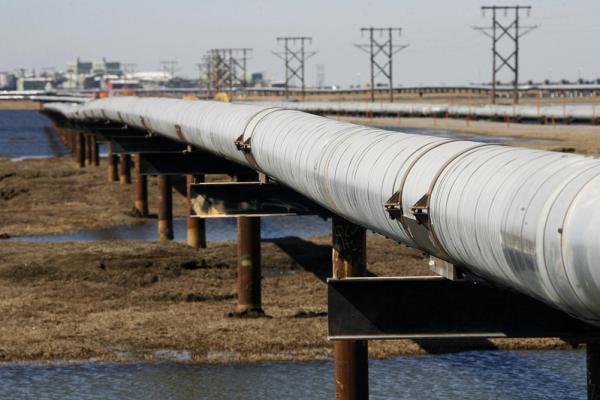By Peter Nurse
Investing.com -- Crude oil prices weakened Thursday, handing back some of the recent strong gains as demand risks continue to linger.
By 9:25 AM ET (1425 GMT), U.S. crude futures traded 0.4% lower at $65.34 a barrel, while the international benchmark Brent contract fell 0.3% to $68.73, after hitting their highest levels in eight weeks on Wednesday.
U.S. Gasoline RBOB Futures were down 0.7% at $2.1367 a gallon.
Oil prices have been on a tear for most of 2021, with both contracts up over 30% year to date, as vast sums of monetary and fiscal stimulus and successful vaccination programs have led to China, many European countries and the U.S., all major consumers of crude, reopening their economies.
This tone was helped Wednesday after supply data from the U.S. Energy Information Administration showed a hefty draw of almost 8 million barrels for the week ending April 30.
However, risks to expectations of significant oil demand growth as the year progresses do exist, in particular the deteriorating situation in India, the second-most populous country and third-largest oil consumer, as the number of Covid-19 cases and associated deaths continue to mount.
Reports suggest multiple states in India will go into "complete lockdown" in the coming days to combat the second wave of Covid-19 infections.
“Worries over Indian oil demand are coinciding with OPEC+ gradually starting to bring supply back onto the market, along with growing Iranian supply,” said ING analysts, in a note.
“While right now it appears as though the market should be able to absorb this additional supply, the risk is that the demand picture deteriorates further, which would lead to a looser market balance.”
All that said, losses are minor Thursday following more positive U.S. economic data illustrated the strength of the economic recovery in the world’s largest oil consumer.
Data released earlier Thursday showed the number of initial claims for jobless benefits dropped to a new post-pandemic low last week in a further sign that the economic recovery is gaining strength.
This comes ahead of Friday’s release of the nonfarm payrolls for April, with some economists suggesting that the government's official labor market report could see as much as 1 million people joining the workforce.
